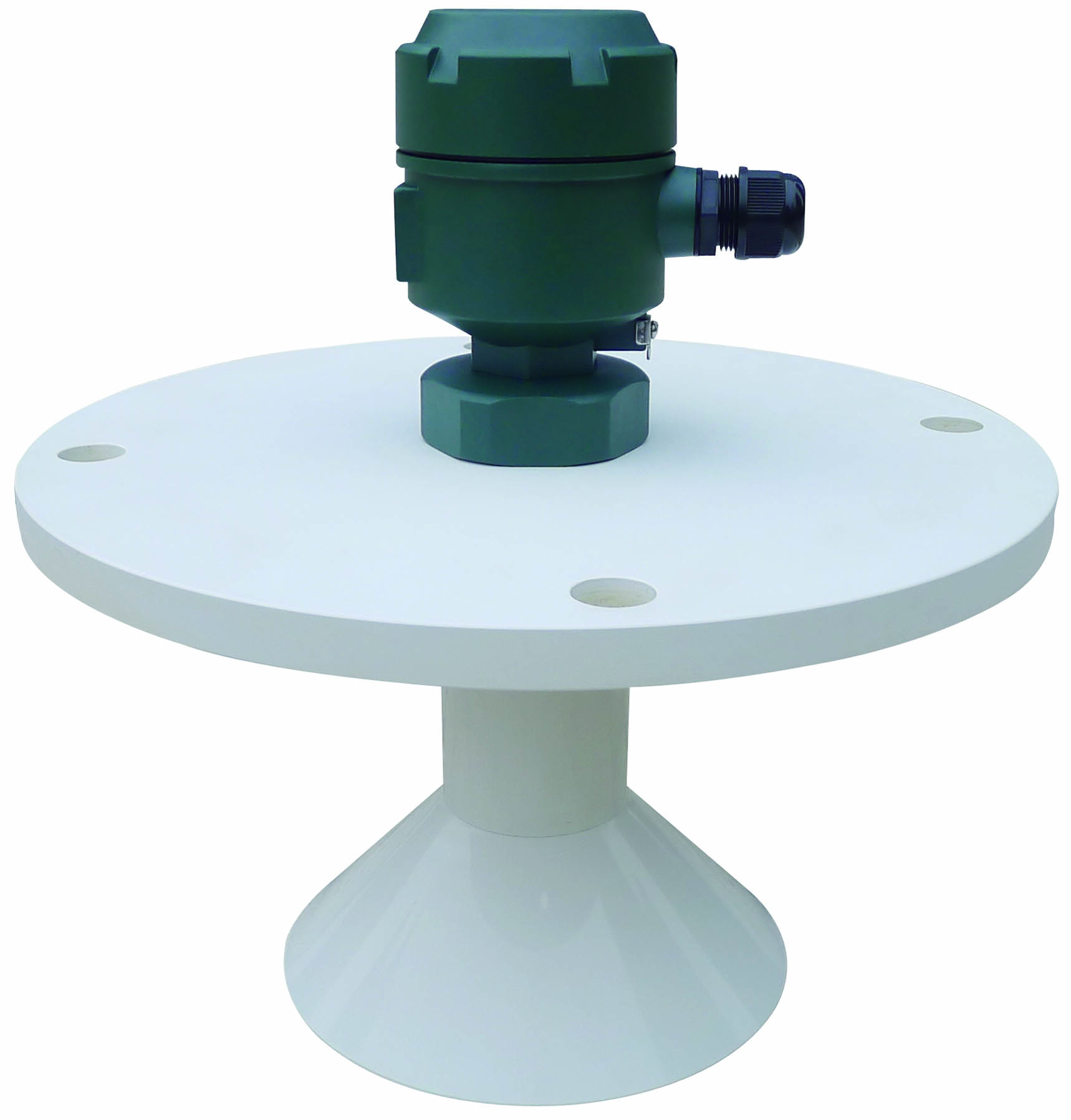Vacorda liquid level online measurementBecause the propagation speed V of ultrasonic waves is easily affected by factors such as air temperature, humidity, pressure, etc., temperature has the greatest influence. Therefore, in order to obtain more accurate measurement results, it is necessary to compensate the temperature of the ultrasonic level gauge.Nowadays, the ultrasonic level gauges produced by many manufacturers on the market have the function of “temperature compensation”, so why do ultrasonic level gauges need temperature compensation? And where is temperature compensation used?This starts with the measurement principle of the ultrasonic level gauge.01 The measuring principle of ultrasonic level gaugeThe ultrasonic level gauge is specially used for continuous level measurement. The sensor (probe) of the ultrasonic level gauge emits high-frequency ultrasonic pulses. When it encounters the surface of the liquid level to be measured, the sound wave is reflected back, and part of the reflected echo is received by the transducer (probe) and converted into an electrical signal.The ultrasonic level gauge uses the time difference between sound wave emission and reception, and the sound wave propagation speed to calculate the liquid level. The ultrasonic level gauge adopts non-contact measurement technology, which can be stably and reliably applied to continuous level measurement of various open storage tanks such as sewage tanks, water conservancy and hydrology, and industrial wastewater.02 The relationship between sound velocity correction and temperature compensationUnder atmospheric pressure and normal temperature, the propagation speed of ultrasonic waves in the air is about 340 m/s. In the process of measuring liquid level with ultrasonic level gauges, it is based on the principle that the propagation speed C of ultrasonic waves in a certain medium is a certain value.But in practice, whenever the temperature rises by 1, the ultrasonic sound velocity will change by about 0.6 m/s. Therefore, if the sound velocity is calculated as a fixed value system, the error of the liquid level measurement obtained will be very large.Therefore, in order to meet the accuracy requirements in industrial applications, the speed of sound must be corrected, and the method of sound speed correction mainly comes from the temperature compensation method.Using temperature compensation to correct the speed of sound is to calculate the actual speed of sound based on the approximate relationship between temperature and speed of sound, C=331.450.607 * T() or C=20.607*T1/2, so as to compensate for the speed of sound.The specific realization is to add a temperature sensor inside the probe to measure the temperature change of the environment. When the ultrasonic level gauge is working, it converts the current ambient temperature value into a digital signal and transmits it to the single-chip computer, and then the single-chip computer calculates the actual speed of sound at that temperature.03 The meaning of temperature compensationThe significance of temperature compensation in the ultrasonic level gauge is to improve the measurement accuracy of the system and meet the requirements of industrial applications.
The ultrasonic level gauge adopts non-contact measurement and is not affected by medium density, dielectric constant, conductivity, etc. So it has a wide range of applications, covering water level measurement of rivers, lakes and canals, as well as measurement of sewage, oil, mud and other industries such as tanks, tanks and canals. Faced with these different environments, working conditions and media, the temperature compensation function of the ultrasonic level gauge is particularly critical for obtaining accurate measurement results. At present, with the continuous maturity of technology, ultrasonic liquid level measurement technology is playing an increasingly important role in more and more fields.

Post time: 21-09-21
